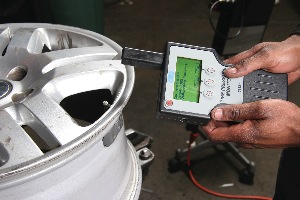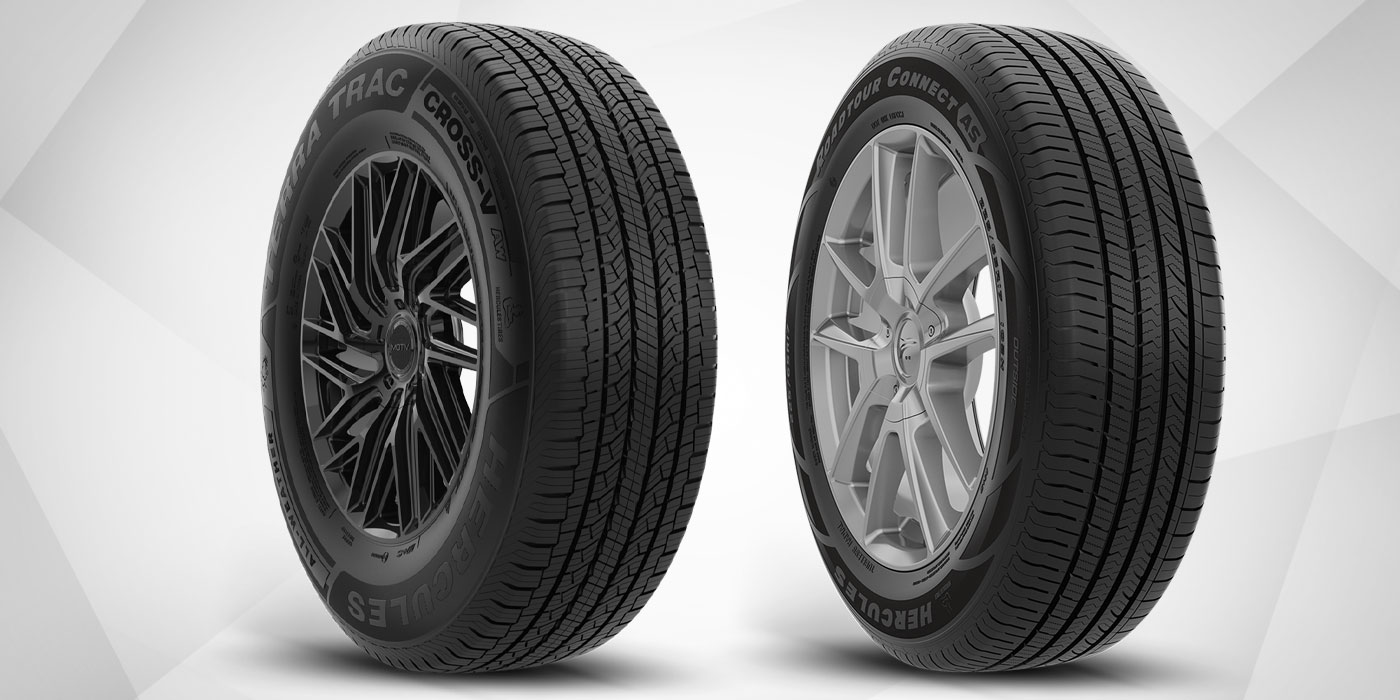 When it comes to TPMS, pieces and parts add up to safety and profit.
When it comes to TPMS, pieces and parts add up to safety and profit.
“Safety is the primary motivation for tire dealers to keep their customers’ TPMS in original operating condition,” said Brian Rigney, general manager for Dill Air Controls. “But, handled correctly, it can lead to bigger business profits.”
Rigney’s rule of thumb is simple – replace a sensor’s valve, seal, hex nut, washer and cap every time a tire is dismounted.
Unfortunately, many car owners don’t know they have TPMS. If they are aware that the technology is onboard, most don’t know how it works. So, there’s a bald tire’s chance on ice that customers realize pressure sensors need to be maintained.
Rigney insists that training is still the No. 1 issue for the tire industry, but it needs to be expanded beyond tire technicians to educate car drivers about the need for ongoing TPMS service.
Recognized as a leader in TPMS service kits, sensors and tools, Dill is a true veteran of the tire pressure industry. Founded in 1909, it provided covers – called caps today – for the Ford Model T’s tire valves and revolutionized the market in the 1950s with the introduction of the rubber snap-in tire valve.
The business was renamed Dill Air Controls Products in 2005 when Eaton Corp. sold it after 40 years of ownership. Rigney was a product engineer when the business was part of Eaton and then switched to sales, working with OE and aftermarket customers. Two years ago, he became general manager and relocated to company headquarters at Oxford, N.C.
According to Rigney, his company primarily pursues the mechanical aspects of TPMS, including clamp-in and snap-in valve designs. He says Dill is focused squarely on the automotive aftermarket but maintains a strong alliance with OE automotive and parts manufacturers in order to stay involved in the design phase of evolving monitoring systems.
Rigney is an advocate of standardized TPMS products. He admits that the industry continues to produce a wide variety of systems for installation on specific vehicle makes and models, but “the complexity of the product line shouldn’t keep tire dealers from making a habit of serving them.”
He pointed out that a neglected sensor will adversely affect a system, resulting in air loss, blowouts, unhappy customers and potential liability issues. Making TPMS an element of the tire technician’s service routine creates a substantial opportunity for dealers and helps keep customer safety front and center.
The choice is clear: Ignore TPMS serviceable parts and sell nothing, or rebuild each sensor assembly and generate up to three times the revenue of the old valve stem replacements.
“For decades, tire technicians have regularly replaced valve stems each time a tire is taken off a wheel,” Rigney said, “and customers have grown accustomed to seeing the added charge on the final bill. But, the conventional valve stem business is declining as new cars are introduced with clamp-in and snap-in in pressure sensors.”
He is also quick to point out the safety side of the equation. The National Highway Traffic Safety Administration and RMA claim that three out of four roadside flats, 250,000 accidents and more than 650 fatalities are caused annually by underinflated tires. Rigney said properly maintained sensor systems can help reduce those numbers.
Owners need to be reminded that they paid for federally mandated TPMS when they bought their new vehicles, he says. They also need to grasp the importance of understanding and maintaining the systems. Meanwhile, tire dealers need to approach TPMS with the same commitment to service that they have for ordinary valve stems.
“Start a crusade,” says Rigney. “Replace the TPMS sensor components when a tire is replaced or remounted.”
For example, when servicing a 2005 Ford Freestar, a new valve stem core, rubber grommet, retainer nut and cap are needed. Nickel plating can strip off of a valve core, creating corrosion and leading to a seized core and the loss of tire pressure. A sealing grommet cracks over time, allowing air to escape from a tire; road salt takes its toll on a retainer nut, which could lead to damaged sensor threads; and dirt accumulates in a cap, inhibiting the seal.
“Corrosion is the No. 1 reason a TPMS sensor needs to be replaced today,” Rigney states, “and a tire technician is not alone if he or she damages a sensor trying to remove a corroded valve core, hex nut or cap.”
Grommets are sometimes difficult to remove because they conform to a wheel’s shape. To help technicians avoid damaging adjacent areas, Dill developed an aluminum tool that safely removes grommets from sensors. The same tool provides a mechanism to assist in installing a new one.
Still other vehicles’ sensor assemblies have an added metal washer that conforms – like the grommet – to a wheel’s shape when installed. Once bent to its initial configuration, it’s unable to conform exactly the same way if removed and reinstalled.
When replacing the Freestar’s retainer nut, it must be tightened with 44 in./lbs. (5 N.m) of torque, according to the current Mitchell1 Tire Pressure Monitoring Systems Guide, which provides specs for each auto manufacturer’s vehicle make, model and year.
To help tire technicians install matching replacement components, Dill has created a line of color-coded service kits containing all of the appropriate parts. Using an online TPMS application chart at Dill’s website, technicians can locate a vehicle’s make, model and year and immediately determine the appropriate kit color.
“Most of our service kits are made in the U.S., and the color coding saves the technician time choosing the correct group of components,” says Rigney. The company encourages dealers to stock at least the Top 10 most popular kits to have the ability to immediately replace a damaged or dead sensor.
In addition, the company has created a countertop display to increase a car owner’s awareness of TPMS and educate a customer about the need to maintain the integrity of the system with new parts.
A parting thought from Rigney raises the expectation that TPMS sensor replacement sales will increase as batteries inside sensors begin to wear out. He says mandated TPMS systems were phased in from 2006 to 2008, so some vehicles’ sensors have been in service for five years. The expected battery life is up to seven years, but driving conditions, such as frequent on-off cycling of a TPMS, will significantly shorten battery life.
Since the battery is encased inside a sensor, a dead or dying one requires the replacement of the entire assembly. Scan tools are available to estimate remaining battery life of sensors that transmit the power data.
June is the perfect time for tire dealers to kick off their crusade to swap out sensor components when replacing or remounting tires. The summer travel season is underway and the RMA’s annual National Tire Safety Week held during the month is part of the organization’s year-round “Be Tire Smart – Play Your PART” campaign.
While “Alignment,” “Rotation” and “Tread” certainly play major roles in tire safety, “Pressure” comes first in the slogan’s PART acronym.













